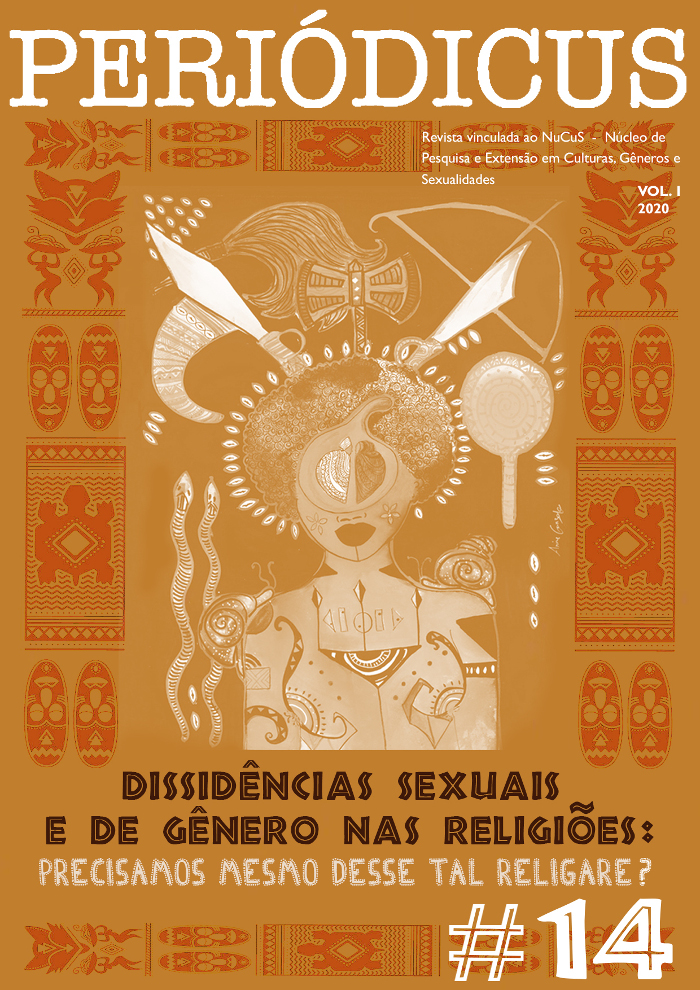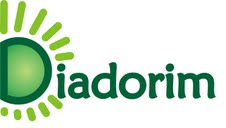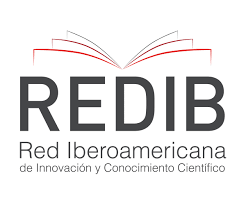Interweavings between religion and sexual and gender diversity: discourse analysis of Brazilian Christians
DOI:
https://doi.org/10.9771/peri.v1i14.37073Abstract
The main objective of this article is to observe the predominant stance of people who approach cis-heteronormativity and the conceptions of Christian religions regarding sexual and gender diversity in Brazilian territory via
their discourse. Public videos available on YouTube were used and the analysis was guided by Discourse Analysis.
Discussions were made about the categories: a. cis-heteronormativity: regulation of knowledge and practices; b. Christian
religions: presence in the media and politics; and c. LGBTQIAphobia and dissident subjectivities. Exclusively biological
characteristics were shown to still be able to define and determine people's modes of existence, disregarding gender, for
example, as a social construction.
Downloads
Downloads
Published
How to Cite
Issue
Section
License
Copyright (c) 2021 Anderson Moraes Pires

This work is licensed under a Creative Commons Attribution-NonCommercial 4.0 International License.
Authors who publish in this journal agree to the following terms:
Authors retain copyright and grant the journal the right of first publication, with the work simultaneously licensed under a Creative Commons Attribution Noncommercial License that allows the work to be shared with acknowledgment of authorship and initial publication in this journal, but prohibits commercial use.
Authors are authorized to enter into separate additional contracts for non-exclusive distribution of the version of the work published in this journal (e.g., publishing in an institutional repository or as a book chapter), with acknowledgment of authorship and initial publication in this journal.
Authors are permitted and encouraged to publish and distribute their work online (e.g., in institutional repositories or on their personal website) at any point before or during the editorial process, as this can generate productive changes and increase the impact and citation of the published work (see The Effect of Open Access).








